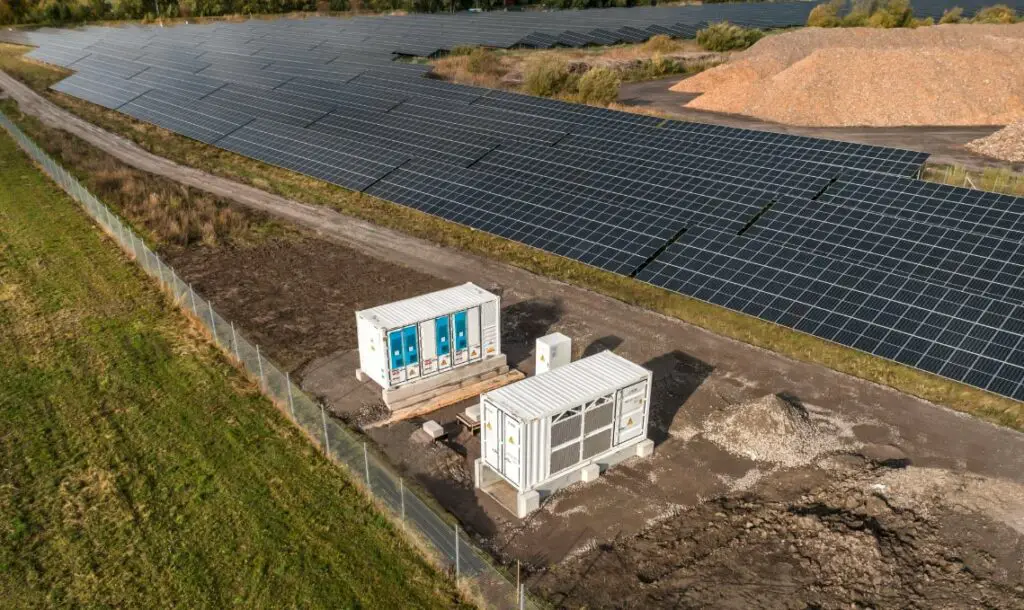A project for the installation of the Nybro Energi battery storage unit in Sweden is underway. The 12MW/12MWh one-hour system is being installed by Soltech Group’s division of clean energy solutions for the Swedish municipal energy provider. The project is expected to reach its commercial operation date (COD) in the fourth quarter of 2023.
The transmission system operator (TSO), Svenska Kraftnät, will mainly receive frequency regulation services from the battery energy storage system (BESS). The BESS may also eventually supply power to the grid during periods of high demand.
The project’s owner will be Nybro Energi. We were one of the first energy companies in Sweden to invest in large-scale battery storage of this kind, said the company’s CEO Hakan Dahlgren. When we have more and more renewable energy sources. Thus, we will need to store energy and stabilize the grid, so we can see a market for these solutions.
Read Also: Work starts on 300MW/600MWh battery energy storage in Blackhillock, Scotland
Nybro Energi battery storage unit in Sweden to add to Soltech Energy Solutions’ battery storage projects in Sweden
Soltech Energy Solutions recently announced 2MW projects for an EV truck charging park (Scania) and a solar PV plant (Alight). Both are in the Swedish battery storage market. It also disclosed another project at a solar PV plant in September. However, it withheld information on the buyer or the project’s scope. The company only stated that it was an order worth SEK 15 million (US$1.4 million).
The market for the nation has been expanding, and new project announcements have become more frequent. As a result, BESS projects are increasingly providing the flexibility services previously exclusively offered by Sweden’s hydroelectric portfolio.
Rickard Lantz, Business Development Manager at Soltech Energy Solutions, said, “We are delighted to assist Nybro Energi with a technological solution that strengthens the local power grid. This battery storage in Sweden will aid in frequency services, cost savings, and reduced peak power loads brought on by increased electrification. This future investment can be scaled up and will generate significant benefits.”

